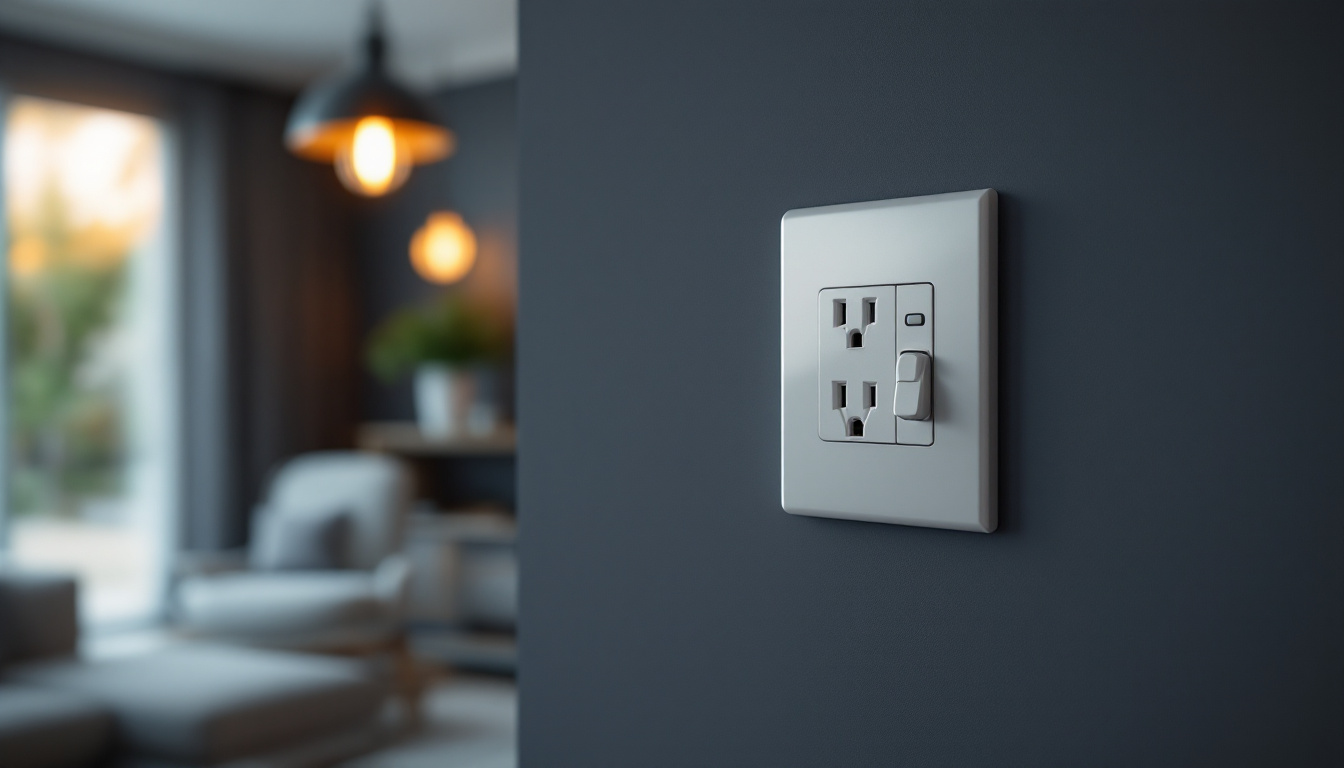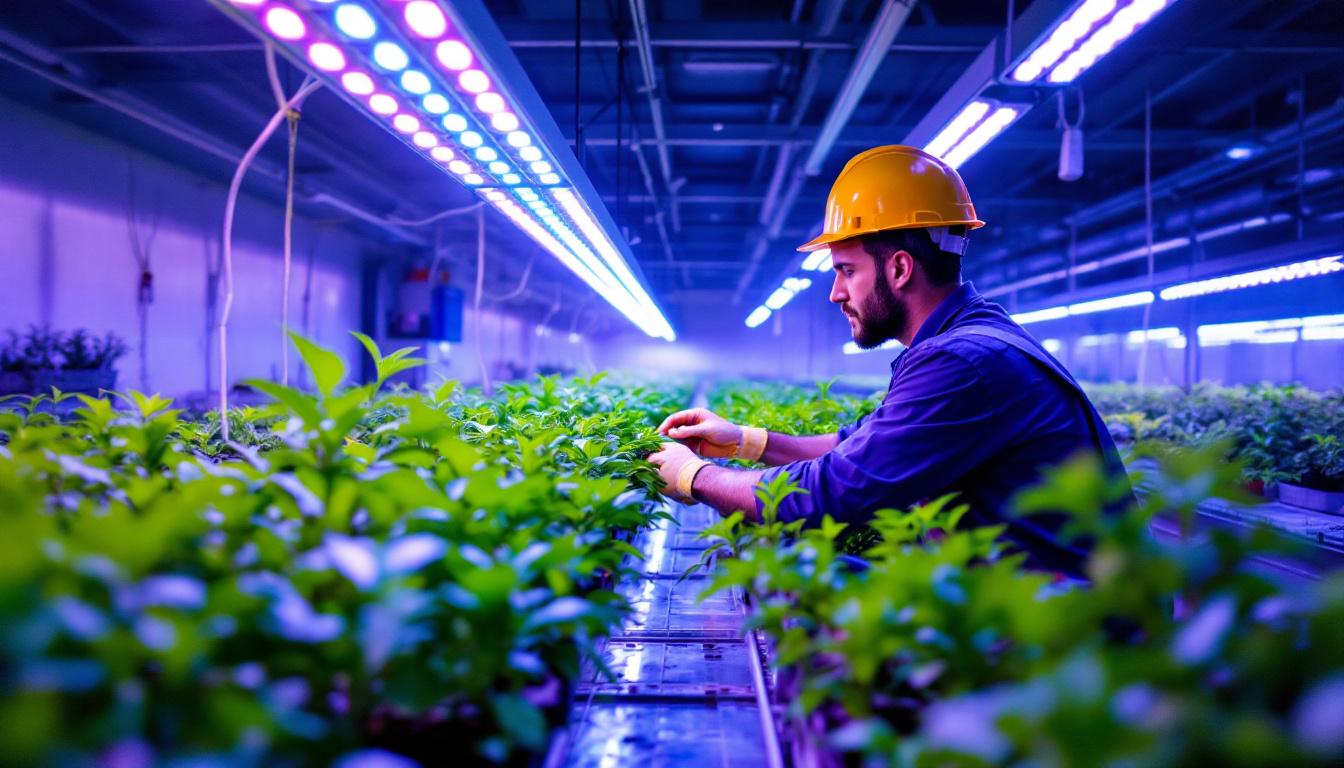
The world of lighting design and installation is constantly evolving, influenced by technological advancements, regulatory changes, and market demands. Among the various factors that affect lighting contractors, the 70 120 rule stands out as a critical guideline that shapes project outcomes. This article delves into the significance of the 70 120 rule, its implications for lighting contractors, and how it can be effectively integrated into projects to enhance both functionality and aesthetics.
The 70 120 rule is a guideline used primarily in lighting design, particularly in commercial and architectural projects. It refers to the recommended balance of illumination levels and color temperatures that should be maintained to achieve optimal visual comfort and energy efficiency. The numbers represent two key aspects: the first part, 70, pertains to the percentage of light output that should be maintained over time, while the second part, 120, relates to the color temperature in Kelvin that is ideal for various environments.
In practical terms, the 70% figure indicates that lighting systems should be designed to retain at least 70% of their initial brightness throughout their lifespan. This is crucial for ensuring that spaces remain adequately lit and visually appealing over time. Diminishing light levels can lead to increased energy consumption as contractors may be tempted to overcompensate by installing additional fixtures or using higher wattage bulbs.
Moreover, maintaining consistent illumination levels helps in creating a comfortable environment for occupants. Insufficient lighting can lead to eye strain and decreased productivity, particularly in workspaces where focus and attention are paramount. Therefore, contractors must consider the longevity of their lighting solutions when planning installations.
The second component of the 70 120 rule, which focuses on the color temperature, emphasizes the importance of selecting the right light quality for specific environments. Color temperature, measured in Kelvin, affects how a space feels and functions. For instance, cooler temperatures (around 5000K) are often preferred in work environments for their ability to enhance alertness and concentration, while warmer temperatures (around 2700K to 3000K) create a more relaxed atmosphere, suitable for residential or hospitality settings.
Lighting contractors must be adept at understanding the psychological effects of color temperature. Selecting the appropriate Kelvin rating can significantly influence the mood and productivity of occupants, making it essential to align lighting choices with the intended purpose of the space.
For lighting contractors, the 70 120 rule is not just a guideline; it serves as a framework for making informed decisions that impact project success. Understanding this rule can lead to improved client satisfaction, enhanced energy efficiency, and long-term sustainability of lighting installations.
Clients today are increasingly well-informed about lighting options and their implications. They expect contractors to provide solutions that not only meet aesthetic criteria but also adhere to energy efficiency standards and longevity expectations. By applying the 70 120 rule, contractors can assure clients that their lighting designs will maintain quality and performance over time, thereby enhancing overall satisfaction.
Furthermore, being knowledgeable about this rule allows contractors to engage in meaningful discussions with clients about the benefits of specific lighting choices. This level of expertise can foster trust and confidence, leading to stronger client relationships and potential referrals.
In an era where sustainability is at the forefront of design considerations, lighting contractors have a responsibility to implement energy-efficient solutions. The 70 120 rule promotes the use of lighting systems that not only retain their output but also minimize energy consumption over time. By adhering to this guideline, contractors can help clients reduce their carbon footprint while also lowering operational costs associated with energy use.
Incorporating energy-efficient technologies, such as LED fixtures that align with the 70 120 rule, can significantly enhance the sustainability of lighting projects. These technologies not only meet the required illumination levels but also offer longer lifespans, reducing waste and the need for frequent replacements.
The 70 120 rule encourages lighting contractors to think creatively about their designs. By understanding the balance between illumination levels and color temperature, contractors can experiment with various lighting techniques, such as layering light sources or integrating smart lighting controls. This flexibility allows for innovative solutions that can adapt to the changing needs of a space over time.
Incorporating advanced technologies, such as tunable white lighting systems, can further enhance the ability to meet the 70 120 criteria. These systems allow for adjustments in both brightness and color temperature, providing dynamic solutions that cater to different activities and preferences throughout the day.
Implementing the 70 120 rule in lighting projects requires a strategic approach. Contractors must consider various factors, including the type of space, the activities that will take place, and the preferences of the occupants. Here are some practical applications of the rule in different settings.
In commercial environments, such as offices and retail spaces, the 70 120 rule can be applied to create functional and inviting atmospheres. For instance, an office space may benefit from a color temperature of around 4000K to 5000K, promoting alertness and productivity. Additionally, ensuring that the lighting maintains at least 70% of its initial output over time is crucial for maintaining a consistent working environment.
Retail spaces can utilize the 70 120 rule to enhance product visibility and create an appealing shopping experience. By strategically placing fixtures and selecting the right color temperatures, contractors can direct attention to merchandise while also ensuring that the overall ambiance aligns with the brand identity.
In residential settings, the application of the 70 120 rule can significantly enhance the quality of life for occupants. Warm color temperatures, typically between 2700K and 3000K, can create a cozy and inviting atmosphere in living areas. In contrast, brighter, cooler temperatures can be utilized in workspaces or kitchens to promote focus and energy.
Contractors should also consider the importance of maintaining consistent illumination levels in residential spaces. This can be achieved through the careful selection of fixtures and the use of dimmers, allowing homeowners to adjust lighting according to their needs while ensuring that the overall output remains within the recommended range.
Outdoor lighting presents unique challenges and opportunities for contractors. The 70 120 rule can guide the selection of fixtures that not only illuminate pathways and landscapes effectively but also create a welcoming environment. For outdoor spaces, a color temperature of around 3000K to 4000K is often preferred, as it provides a warm yet functional light that enhances safety and aesthetics.
Additionally, contractors must consider the longevity of outdoor lighting solutions. By choosing fixtures that adhere to the 70% output rule, contractors can ensure that outdoor spaces remain well-lit and inviting throughout the year, regardless of weather conditions.
While the 70 120 rule provides a valuable framework for lighting contractors, its implementation can present challenges. Understanding these obstacles is essential for developing effective strategies to overcome them.
Despite advancements in lighting technology, some products may not fully adhere to the 70 120 guidelines. For instance, certain LED fixtures may experience significant lumen depreciation over time, failing to meet the 70% output requirement. Contractors must conduct thorough research and testing to identify reliable products that can deliver consistent performance.
Moreover, the rapid pace of technological change can make it challenging for contractors to stay updated on the latest advancements. Continuous education and training are essential for ensuring that contractors are equipped with the knowledge needed to implement the 70 120 rule effectively.
Educating clients about the importance of the 70 120 rule can also pose challenges. Many clients may not fully understand the implications of illumination levels and color temperatures, leading to potential misalignments in expectations. Lighting contractors must take the time to explain the benefits of adhering to this rule, helping clients appreciate its impact on their projects.
Utilizing visual aids, such as lighting simulations or mood boards, can be effective in conveying these concepts. By providing clients with tangible examples of how the 70 120 rule influences design choices, contractors can foster a collaborative approach to project planning.
Budget constraints can also hinder the implementation of the 70 120 rule. Clients may prioritize cost-saving measures over optimal lighting solutions, leading to compromises in quality and performance. Contractors must navigate these discussions carefully, emphasizing the long-term benefits of investing in quality lighting systems that adhere to the 70 120 guidelines.
Offering flexible solutions, such as phased installations or alternative product options, can help clients achieve their desired outcomes without exceeding their budgets. By demonstrating the value of quality lighting, contractors can foster a more informed decision-making process.
The 70 120 rule is a vital guideline that impacts the work of lighting contractors in numerous ways. By understanding and applying this rule, contractors can enhance client satisfaction, promote energy efficiency, and create innovative lighting solutions that stand the test of time. While challenges may arise in its implementation, the benefits of adhering to the 70 120 rule far outweigh the obstacles.
Ultimately, the success of lighting projects hinges on the ability to balance illumination levels and color temperatures effectively. By prioritizing these elements, lighting contractors can create spaces that are not only functional but also aesthetically pleasing and conducive to the well-being of occupants. Embracing the 70 120 rule is a step towards achieving excellence in lighting design and installation.
Ready to apply the 70 120 rule and elevate your lighting projects? At LumenWholesale, we provide lighting contractors with the exceptional, spec-grade lighting products you need to meet and exceed your project goals. Our commitment to quality and affordability ensures you have access to the best lighting solutions at wholesale prices, with the added convenience of free shipping on bulk orders. Don’t let inflated markups or limited selections hinder your project’s potential. Choose LumenWholesale for a seamless purchasing experience and discover the ideal balance of performance, cost-effectiveness, and client satisfaction. Explore our Wholesale Lighting at the Best Value today and make your next project shine.

Discover the significance of U-shaped fluorescent lights for lighting contractors.

Discover how the 2025 best solar pole lights are revolutionizing the industry and boosting profits for lighting contractors.

Explore the essential role of duplex receptacles in modern lighting solutions, highlighting their functionality, versatility, and impact on energy efficiency and smart home integration.

Discover how UV growing lights are revolutionizing the lighting industry and becoming a game-changer for contractors.